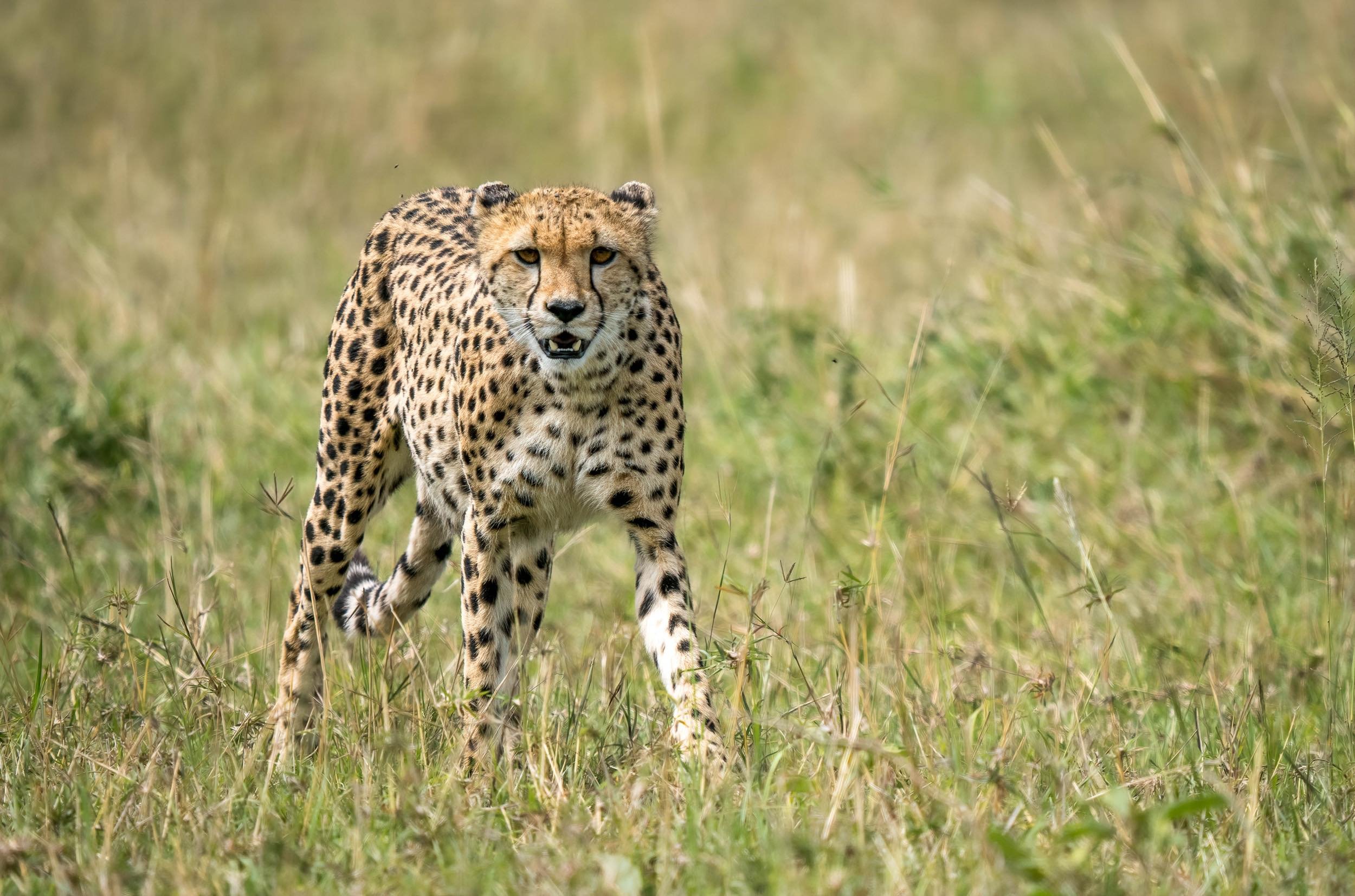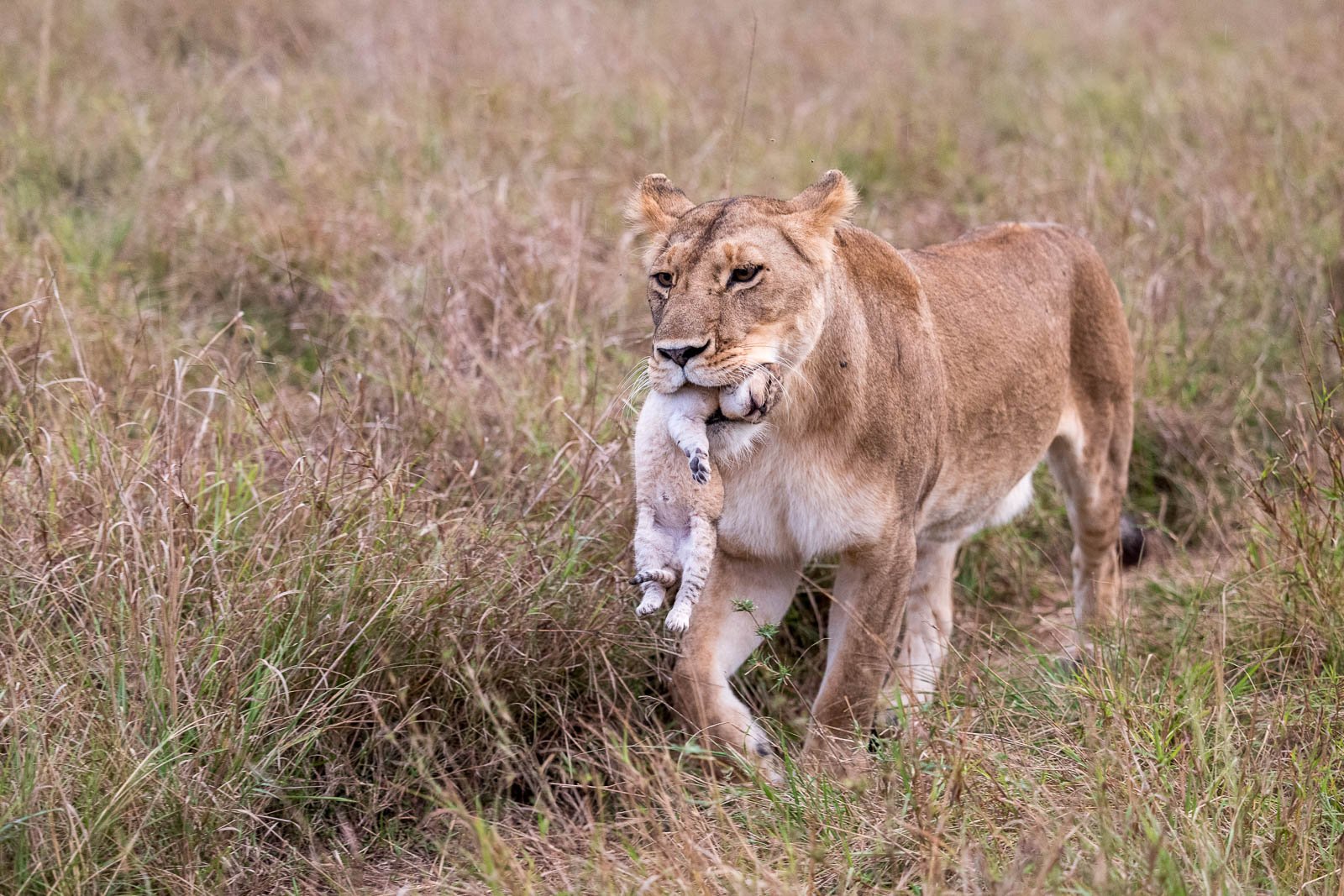Kenya Wildlife Safari Photography: Field notes with the OM-1, 150-400/4.5 and Canon R3, 70-200/2.8
OM-1/150-400/4.5
I sometimes find myself asking, why do I even take photos? To post online for the blog? To store on a hard drive and look at some day in the future? To satisfy my gear nut urges? To build a portfolio to pull from when a need (whatever that may be) arises? All of the above?
Other times it feels like a game of Pokemon, where I’m simply trying to gobble up as many photo opportunities and wildlife observations that I can. With each new photo op, maybe I’m hoping to learn something new in hopes to become a better photographer and ecologist. Despite the seemingly simple task of snapping a photo, every time I do it, there always seems to be something to learn - like climbing a ladder that only leads to another.
Every now and then, an opportunity presents itself that seems to help answer the question of why I invest endless amounts of time, money, and effort into the process image making. I got one such opportunity in my recent Kenya trip. While on a game drive in the Masaai Mara, our guide had learned that rangers were tracking a cheetah mom and three cubs in the area. So I pulled out my binoculars and scanned the horizon frantically in search of this animal.
OM-1/150-400/4.5
OM-1/150-400/4.5
The lighting was as good as one could expect for being mid-day. The trick was spotting this animal that is well-adapted to go undetected while sleuthing the landscape. In a stroke of luck, I struck gold and spotted this cheetah and her three cubs roaming towards a heard of zebra. While I was half expecting the cheetah mom and her cubs to rest - which it seems like the main thing animals love to do anytime I find them - she instead climbs a termite mound to scan the landscape and decide her next move. Photographic bliss! It was up to me to try to do justice to the moment.
At that moment I realized that it wasn’t really about me, the gear, or the photograph at all, it was about these animals that I built an instant connection to. These animals are so cool and rare, I felt an immediate conviction to try and protect them in whatever small way I could. After all, it’s a hard life for a cheetah out there, being an endangered species plagued by habitat loss, low fecundity and survivorship, and poaching. If there was any piece of gear that was essential, it was actually the binoculars that made it possible in the first place.
After taking the photo, my objective became clear right away - I wanted to do justice to the scene, and produce a print-worthy snap that could be auctioned off at a conservation charity. For a brief moment, the stars aligned, and the 30+ hours of flying and bouncing around in a safari vehicle suddenly made a lot of sense.
OM-1/150-400/4.5
Gear considerations on Safari in Kenya
Having had some photography experience under my belt in subsaharan Africa, I decided to simplify my kit this time. Usually, I travel with way too much gear and only end up confusing myself and frustrating airport staff with my overweight bags. This time, I had the OM-1, 150-400/4 and 12-40/2.8 lenses, and Canon R3 with 70-200/2.8 lens.
Canon R3 - 70-200/2.8
I’ve gotten a number of questions from readers about what lenses to bring to a Safari, and like me, they put themselves through a lot of torment trying to decide what to take and then end up taking everything only to use about half of it. I’m starting to believe that to a degree, it really doesn’t matter what you take, in some of these incredibly beautiful places on earth you can get amazing shots at almost any focal length.
What matters the more is creative vision, objectives, tastes, and budget. What is the focus? Tight portrait shots? Environmental shots? All of the above? Just birds, or mammals too? After answering these questions, I think it becomes much easier to build a kit that covers most bases. For those that don’t have the luxury of returning to a photo destination, I can understand the desire to try to “get it right” and not leave disappointed. In my case, I tried to bring some of the most versatile kit I could in the least weight possible. In hindsight, all of the gear I brought was extremely capable. I was also glad to be traveling on the lighter side.
As mentioned above, the binoculars saved the day in this case. So my recommendation is to not stay hyper focused on the camera and lenses but also the supporting actors - binoculars, sunglasses, cloth to wipe dust off your gear, rain covers, etc., which help lead to success.
OM-Systems OM-1
In practice, the OM-1 and 150-400/4.5 (300-800mm equivalent) provides great versatility in the safari environment. I find I generally prefer the zooms on safari because of lack of control over subject distance and composition at any given moment. In general, I found the OM-1 kit to be solid, reliable, and superb image quality under the right circumstances. There were only a few occasions where I felt like the AF experienced some accuracy drift which I compensated for by shooting more frames, but the kit otherwise “got out of the way” of the photographic process. Sample photos with this kit are below. (Click for enlarged image)
Canon R3
The Canon is a recent addition to my kit bag. I already had experience with the R5, but decided this trip to focus on speed and low-light performance with the R3 paired with the RF 70-200/2.8. My conclusions after the trip are that, at the moment, the R3 is among the best camera bodies I have ever used. The key highlights for me are the incredible viewfinder, extremely reliable and accurate autofocusing, ergonomic feel, and 30 FPS speed. While I continue to remain slightly disappointed with Canon’s RF lens selection, I’m becoming more interested in building a kit around the Canon. I simply adore the R3 body and the 70-200 RF is lovely. Some example photos taken with the kit are below.
Thank you for reading the blog. Please feel free to subscribe or drop me a note in the comments.




















